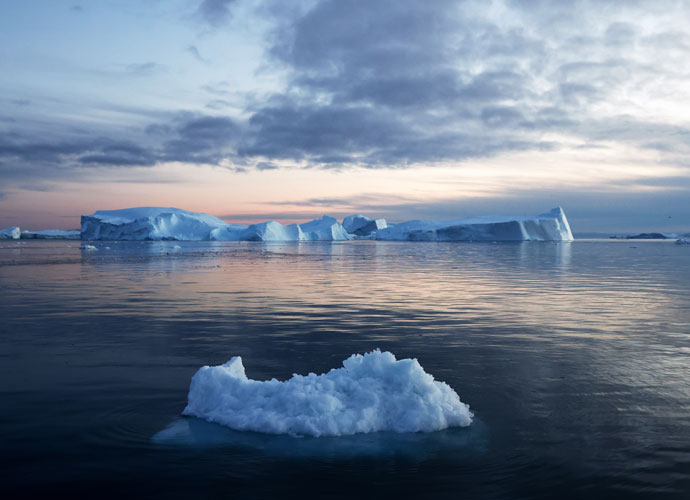Scientists Embark On An Expedition To Antarctica’s ‘Doomsday Glacier’ Which Could Unleash Catastrophic Sea-Level Rise
In a daring move to better understand the alarming impacts of global warming on Antarctica’s ice sheets, a team of 32 scientists has embarked on a crucial mission to study the Thwaites glacier, widely known as the “Doomsday Glacier.“
This vast, melting glacier, which is the size of Florida, holds the key to understanding the uncertainty surrounding future sea-level rise. It gets its ‘doomsday’ nickname because of how much seas could rise if it all melts — more than two feet over hundreds of years.
The expedition, a joint effort between the United States and the United Kingdom, is a $50 million endeavor to investigate the critical region where the Thwaites glacier meets the Amundsen Sea. This remote and difficult-to-access area is considered the most challenging place on Earth to reach, which makes it a prime target for scientific exploration.
A recent study found that the Doomsday Glacier would likely melt within two decades.
“Thwaites is the main reason we have such large uncertainty in projections of future sea-level rise,” said Anna Wahlin, an oceanographer from the University of Gothenburg in Sweden, who is a part of the mission. “It is configured in a way that is potentially unstable, and that is why we are worried about this.”
Thwaites is putting about 50 billion tons of ice into the water a year. The glacier is responsible for an alarming 4% of global sea-level rise and the conditions leading to its accelerated ice loss are intensifying. Scientists have identified three primary mechanisms that contribute to its collapse: melting from below by warmer ocean waters, the detachment of the land-based portion of the glacier from the seafloor, and the fracturing of the ice shelf into hundreds of cracks, akin to a damaged car windshield.
To unravel these complexities, the researchers will utilize a range of advanced technologies, which include two robotic ships – Ran, Wahlin’s own large vessel, and the agile Boaty McBoatface – to venture beneath the glacier’s surface and gather crucial data. The ship-bound scientists will measure water temperature, the sea floor and ice thickness, as they pay attention to the cracks in the ice, how the ice is structured and tag seals on islands off the glacier.
“No one has stepped foot on the key ice-water interface at Thwaites before,” Wahlin emphasized. In 2019, Wahlin was on a team that explored the area from a ship with a robotic ship but never went ashore.
The findings from this mission will be essential in refining projections of future sea-level rise, critical information for policymakers and coastal communities worldwide.
RELATED ARTICLES
Get the most-revealing celebrity conversations with the uInterview podcast!







Leave a comment